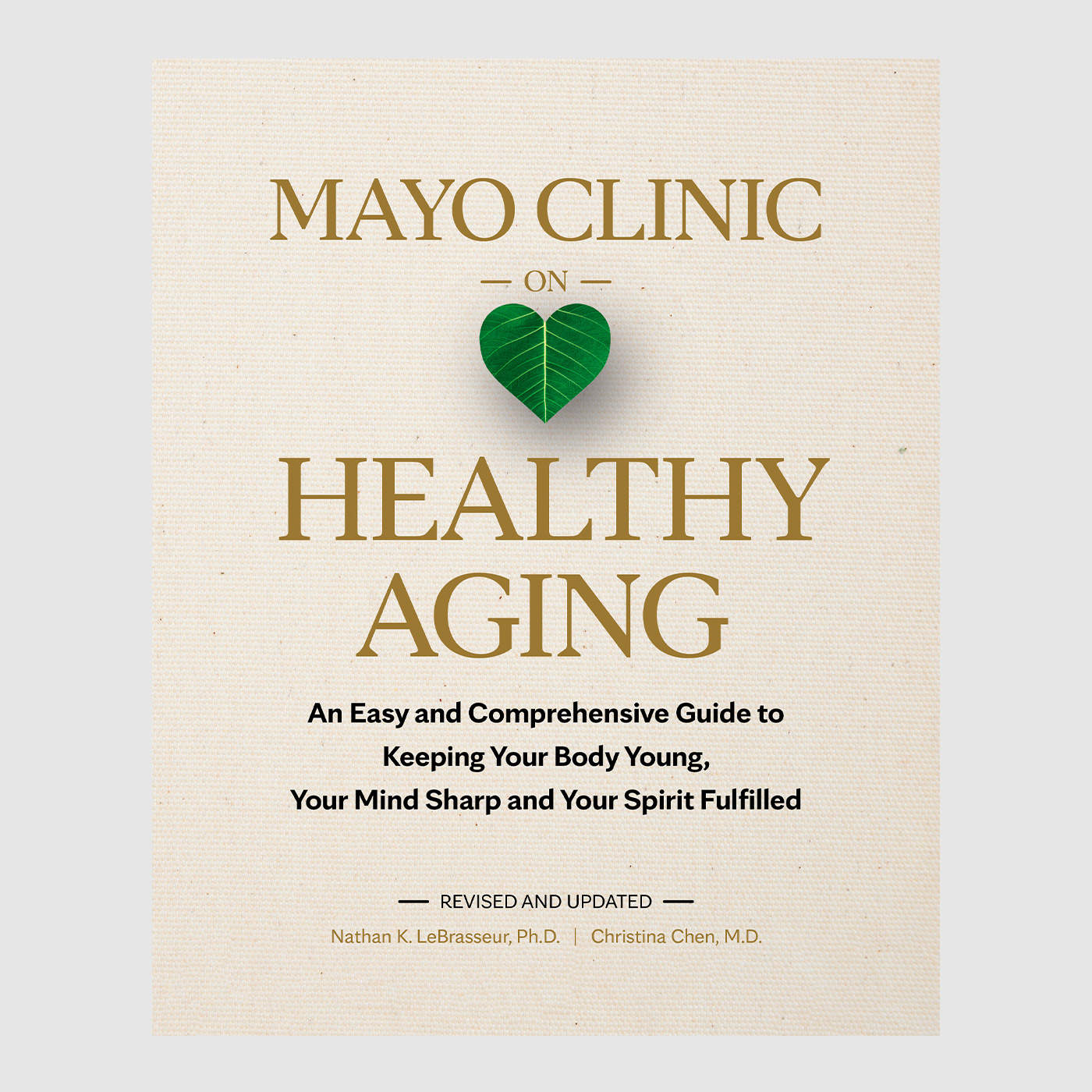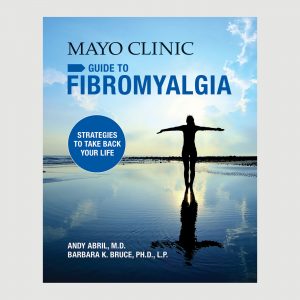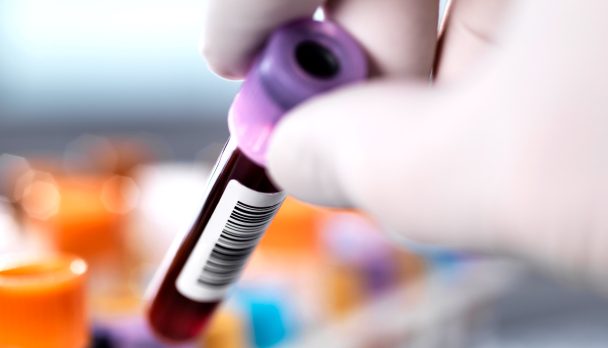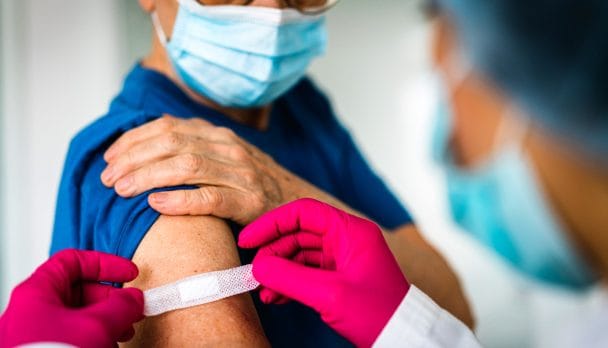
Psoriasis symptoms — scaly, dry skin that may be itchy or cause soreness — might seem anything but mild. But when psoriasis patches are fairly small and not debilitating, they may be considered mild and respond to first-line therapies.
One way to define the severity of psoriasis is the amount of skin that is affected by symptoms. When 5% or less of the body’s skin surface has psoriasis symptoms, it may be considered mild to moderate disease. For reference, the surface of the palm of the hand plus fingers is about 1% of the body’s skin surface.
Severity also can be measured by where the psoriasis patches occur. Patches on the face, groin, palms or soles of the feet — or anyplace that is debilitating — may be considered more severe and are often managed more aggressively. Patches that occur in less bothersome locations may be considered less severe depending on the amount of surface area they cover.
Treatment options for mild to moderate symptoms
Unfortunately, there is no cure for psoriasis, and treatments will need to be continued lifelong. Treatments for psoriasis aim to reduce inflammation and improve the skin. Treatments are based on the type and severity of psoriasis and the areas of skin affected. The traditional approach is to start with the mildest treatments — topical medication and sometimes UV light therapy — and then progress to stronger treatments, including oral medications, only if necessary. Treatment options include:
Topical treatments
Generally, creams and ointments that are applied to the skin are the first line of psoriasis management. They can effectively treat mild to moderate psoriasis. Topical treatments are often combined with other treatments if symptoms are more severe.
When topicals are used consistently, psoriasis patches can noticeable improve in as little as one week. However, it may take several weeks for full results to emerge. Though psoriasis may go away when using topical treatments, it may come back. When this happens, treatment needs to be repeated. Sometimes, using a topical treatment a few times a week for maintenance can help prevent psoriasis skin flare-ups.
Notably, topical treatments tend to not work as effectively when larger areas of skin surface are involved. That’s because application of topical therapies over large areas becomes challenging.
The basics of topical treatments appear in the table below.
| Topical treatments | Recommended for |
| Topical corticosteroids: hydrocortisone, triamcinolone (Kenalog), fluocinonide (Lidex), betamethasone, clobetasol (Clobex. Temovate) | Widespread use: Use lower potency options, such as hydrocortisone, for sensitive areas including your face or skin folds; use higher potency options, such as clobetasol or betamethasone, for chronic, thick patches on elbows and knees |
| Vitamin D analogues: calcipotriene (Dovonex), calcitriol (Vectical) | Mild to moderate psoriasis, often in combination with other treatments |
| Topical retinoids: tazarotene (Tazorac) | Mild to moderate psoriasis |
| Calcineurin inhibitors: tacrolimus (Protopic), pimecrolimus (Elidel) | Areas of thin skin — such as around the eyes or skin folds — where other drugs may be too irritating |
| Salicylic acid shampoos, ketoconazole shampoo, steroid solutions | Scalp psoriasis |
Light therapy
Light therapy (phototherapy) is a good option for psoriasis that doesn’t respond to topical treatments. This uses natural or artificial light to slow skin cell turnover and reduce scaling and inflammation. It’s often combined with other treatments, including oral medications as well as topical creams or ointments. The simplest form of phototherapy are brief daily exposures to natural sunlight lasting about 10 minutes. In cases in which daily phototherapy might not be feasible, especially in northern climates, your health care professional may recommend treatment with an artificial light source. Some of these options include:
- Ultraviolet B (UVB) phototherapy, which uses controlled doses of UVB light to treat either single patches or widespread psoriasis.
- Psoralen plus ultraviolet A (PUVA) phototherapy, which involves taking a light-sensitizing medication called psoralen before exposure to UVA light.
- Excimer laser, which directs a powerful UVB light to affected skin patches.
The number of sessions you need depends on the extent of your psoriasis and the type of treatment. Side effects from phototherapy may range from a sunburn-like skin reaction and skin dryness to burns and long-term UV damage to the skin, which could lead to skin cancers. Side effects are more likely with UVA light treatment compared with UVB light treatment. Because of this, UVB light treatments are often used first to treat psoriasis.
Caring for your skin
Regardless of your treatment regimen, good skin care is a critical daily step in controlling your psoriasis. The most basic steps are to bathe daily and use a heavy cream or ointment-based moisturizer. Avoiding psoriasis triggers as you are able — such as high stress — can be helpful, as is avoiding smoking.

Relevant reading
Mayo Clinic on Healthy Aging
An easy-to-understand yet comprehensive guide to help people live longer and more purposeful lives.



















